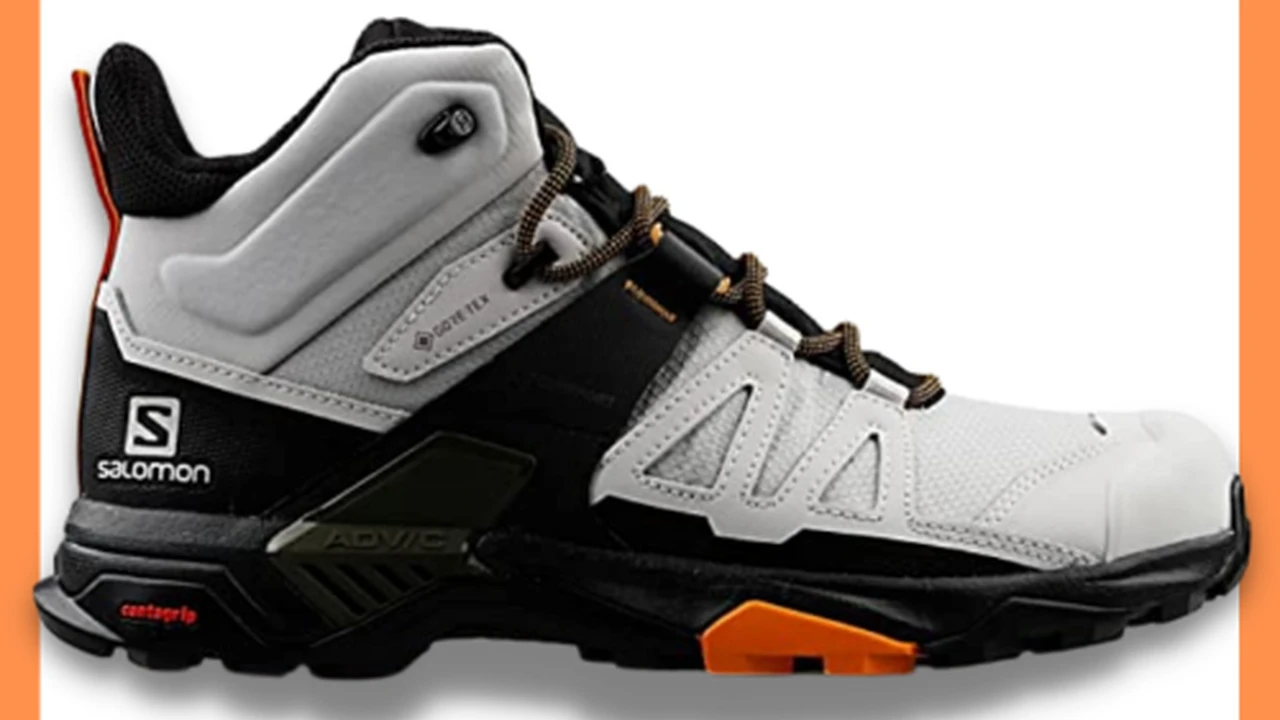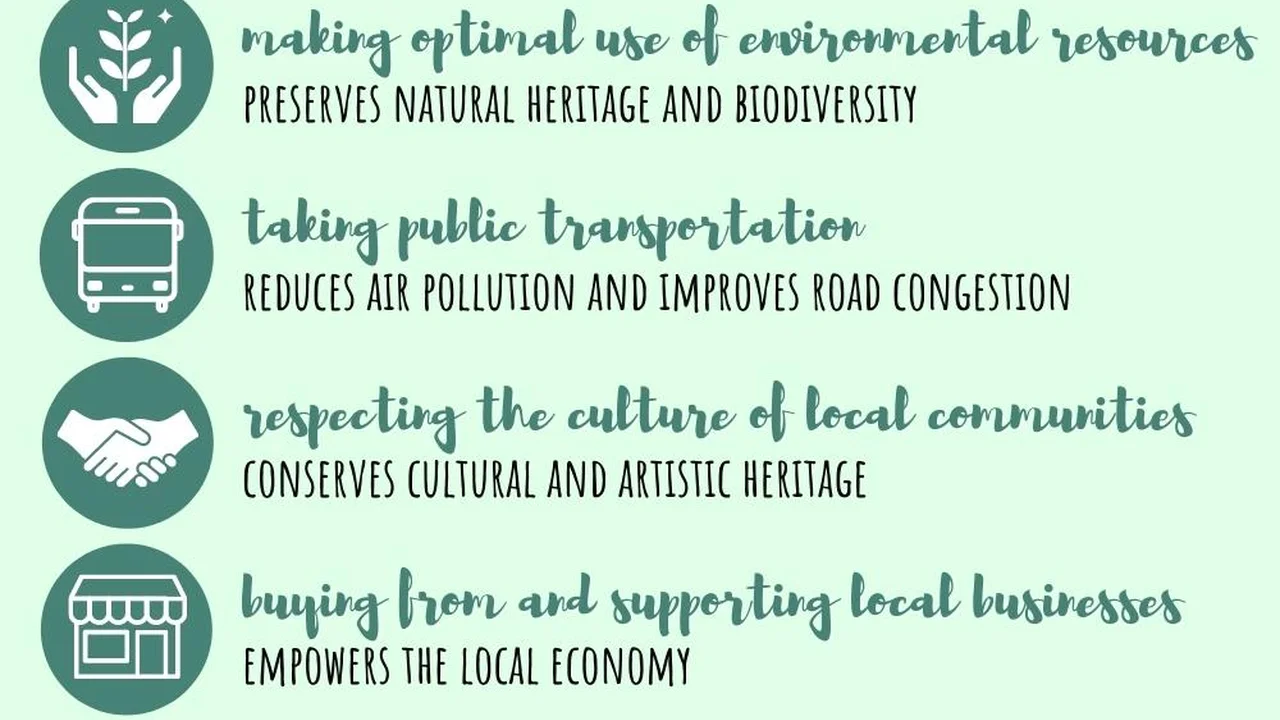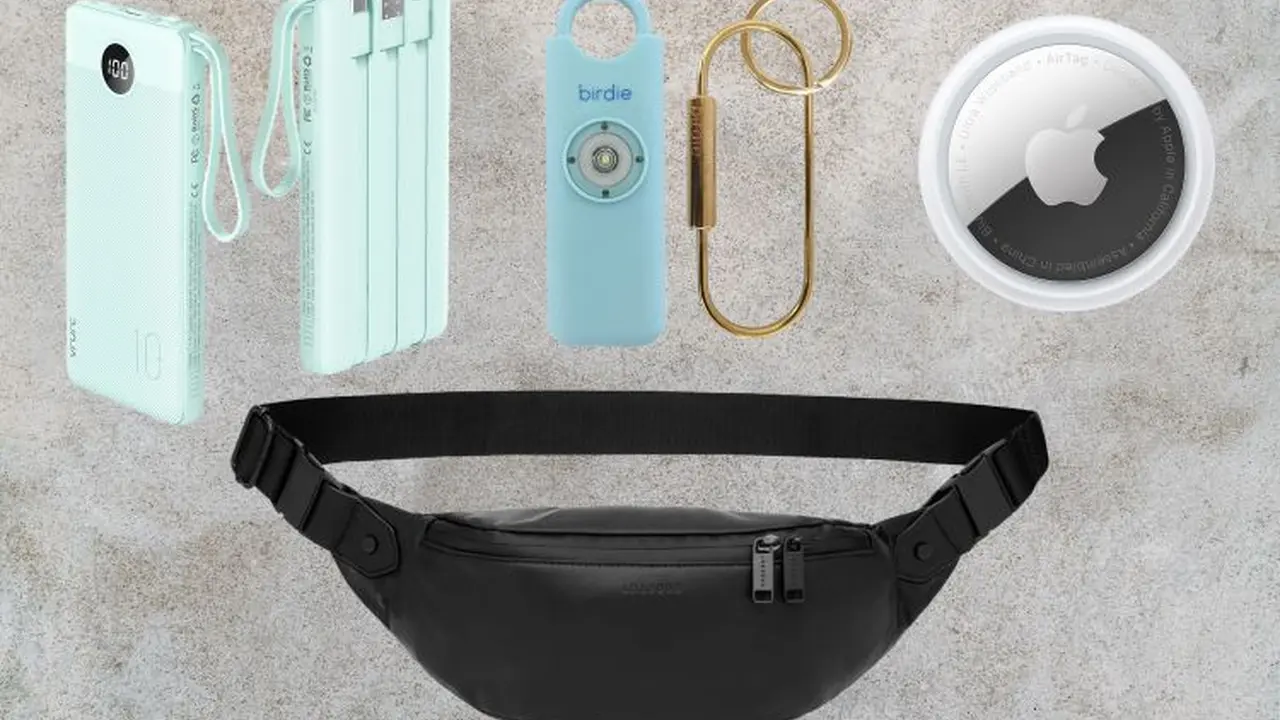7 Best Hiking Boots for Beginners
Choosing the right travel insurance is crucial for adventure travelers. We review the top 7 policies, comparing coverage, cost, and claim processes. Find the best insurance to protect you from unexpected medical expenses, trip cancellations, and gear loss during your adventures.

Understanding Hiking Boot Types for Beginners: A Comprehensive Guide
So, you're itching to hit the trails? Awesome! But before you lace up just any old shoe, let's talk hiking boots. There's a whole world of difference between a trail runner and a sturdy hiking boot, and for beginners, the right choice is key to a comfortable and safe experience. We're talking about preventing blisters, avoiding ankle injuries, and generally having a blast out there.
First, let's break down the main types of hiking boots you'll encounter:
- Light Hiking Boots: These are your go-to for day hikes on well-maintained trails. They're lightweight, flexible, and often resemble beefed-up trail runners. Think of them as the sneakers of the hiking world.
- Midweight Hiking Boots: A step up in support and durability, midweight boots are great for longer day hikes or even shorter backpacking trips with lighter loads. They offer more ankle support than light hikers and are typically more waterproof.
- Backpacking Boots: These are the heavy hitters, designed for multi-day backpacking trips with heavy packs. They're incredibly sturdy, offer excellent ankle support, and are built to withstand rugged terrain. For beginners, these might be overkill unless you're planning serious backpacking adventures.
When you're just starting out, light or midweight hiking boots are usually the best bet. They'll provide enough support for most day hikes without feeling too clunky or heavy.
Key Features to Look For in Hiking Boots for Beginners: Comfort Durability and Support
Okay, now that you know the different types, let's dive into the features that matter most for beginner hikers:
- Comfort: This is HUGE. If your boots aren't comfortable, you're going to have a miserable time. Look for boots with ample cushioning, a roomy toe box, and a comfortable insole. Try them on with hiking socks to get a true feel for the fit.
- Support: Ankle support is crucial, especially on uneven terrain. Mid-cut or high-cut boots provide better ankle support than low-cut options. Make sure the boot fits snugly around your ankle without feeling restrictive.
- Durability: Hiking boots take a beating, so you need something that can hold up. Look for boots made with quality materials like leather or durable synthetic fabrics. Check the stitching and construction to ensure they're well-made.
- Waterproofing: Wet feet are no fun. Consider boots with a waterproof membrane like Gore-Tex to keep your feet dry in wet conditions. Keep in mind that waterproof boots can be less breathable, so choose wisely based on the climate you'll be hiking in.
- Traction: The outsole (the bottom of the boot) is what grips the trail. Look for outsoles with deep lugs and a sticky rubber compound for good traction on various surfaces.
Top 7 Hiking Boot Recommendations for Beginner Hikers: Brands Models and Pricing
Alright, let's get to the good stuff! Here are 7 top hiking boot recommendations perfect for beginners, with a focus on comfort, durability, and value:
Merrell Moab 2 Vent
Description: The Merrell Moab 2 Vent is a classic choice for beginners, known for its exceptional comfort and breathability. It features a durable leather and mesh upper, a supportive footbed, and a Vibram outsole for excellent traction.
Pros: Very comfortable, breathable, durable, affordable.
Cons: Not fully waterproof, may not be supportive enough for heavy loads.
Ideal Use: Day hikes on well-maintained trails, warm weather hiking.
Price: $100-$130
Specifics: Available in men's and women's sizes. The \"Vent\" version is designed for breathability, making it ideal for warmer climates. Look for the waterproof version (\"Moab 2 WP\") if you need more water protection.
Columbia Newton Ridge Plus II Waterproof
Description: The Columbia Newton Ridge Plus II is a great value option that offers good waterproofing and support. It features a leather and synthetic upper, a waterproof membrane, and a durable rubber outsole.
Pros: Affordable, waterproof, good ankle support.
Cons: Can be a bit stiff, not as breathable as other options.
Ideal Use: Day hikes in wet conditions, moderate terrain.
Price: $80-$110
Specifics: Available in men's and women's sizes. The \"Waterproof\" version is essential for wet conditions. This boot is known for its durability and value for the price.
KEEN Targhee III Waterproof
Description: The KEEN Targhee III is a popular choice for its roomy toe box and excellent comfort. It features a leather and synthetic upper, a waterproof membrane, and a KEEN.ALL-TERRAIN outsole for good traction.
Pros: Comfortable, roomy toe box, waterproof, good traction.
Cons: Can be a bit heavy, styling may not appeal to everyone.
Ideal Use: Day hikes on varied terrain, hiking with wider feet.
Price: $130-$160
Specifics: Available in men's and women's sizes. KEEN is known for its comfortable and durable footwear. The roomy toe box is a major selling point for those with wider feet.
Salomon X Ultra 4 Mid GTX
Description: The Salomon X Ultra 4 Mid GTX is a lightweight and agile hiking boot that's perfect for fast-paced hiking. It features a synthetic upper, a Gore-Tex waterproof membrane, and a Contagrip outsole for excellent grip.
Pros: Lightweight, waterproof, excellent grip, supportive.
Cons: More expensive than other options, may not be as durable as leather boots.
Ideal Use: Fast-paced day hikes, hiking on technical terrain.
Price: $150-$180
Specifics: Available in men's and women's sizes. Salomon is known for its high-performance outdoor gear. The X Ultra series is a popular choice for its lightweight and agile design.
Vasque Breeze AT GTX
Description: The Vasque Breeze AT GTX is a durable and supportive hiking boot that's built to last. It features a nubuck leather upper, a Gore-Tex waterproof membrane, and a Vasque All Terrain sole for excellent traction.
Pros: Durable, waterproof, supportive, good traction.
Cons: Can be a bit heavy, requires break-in period.
Ideal Use: Day hikes on rugged terrain, backpacking with lighter loads.
Price: $180-$220
Specifics: Available in men's and women's sizes. Vasque is known for its high-quality leather hiking boots. The Breeze AT GTX is a classic choice for its durability and performance.
Oboz Bridger Mid BDry
Description: The Oboz Bridger Mid BDry is a sturdy and supportive hiking boot with a focus on fit and comfort. It features a nubuck leather upper, a BDry waterproof membrane, and a Granite Peak outsole for excellent traction.
Pros: Supportive, waterproof, comfortable insole, good traction.
Cons: Can be a bit heavy, may require break-in period.
Ideal Use: Day hikes on varied terrain, backpacking with lighter loads.
Price: $170-$200
Specifics: Available in men's and women's sizes. Oboz is known for its comfortable insoles and supportive designs. The Bridger series is a popular choice for its all-around performance.
REI Co-op Traverse 70
Description: The REI Co-op Traverse 70 is a solid and affordable boot from a trusted brand, offering good value for beginner hikers. It features a waterproof membrane, a durable outsole, and a comfortable fit.
Pros: Affordable, waterproof, good all-around performance, available at REI stores.
Cons: May not be as durable as higher-end options, styling is basic.
Ideal Use: Day hikes on well-maintained trails, occasional backpacking.
Price: $120-$150
Specifics: Available in men's and women's sizes. This boot is a good option for those who want a reliable and affordable hiking boot from a reputable brand.
Choosing the Right Hiking Boot Size and Fit: Tips and Tricks
Getting the right size and fit is absolutely critical. Here's how to make sure your boots fit like a glove (or, you know, a boot):
- Try them on in the afternoon: Your feet tend to swell throughout the day, so try on boots in the afternoon to get the most accurate fit.
- Wear hiking socks: Always try on boots with the same type of hiking socks you'll be wearing on the trail.
- Check the length: You should have about a thumb's width of space between your longest toe and the end of the boot.
- Walk around: Don't just stand there! Walk around the store, go up and down stairs, and get a feel for how the boots move with your feet.
- Pay attention to pressure points: Are there any spots that feel uncomfortable or rub? These are likely to become problem areas on the trail.
- Consider getting professionally fitted: Many outdoor retailers offer professional boot fitting services. This can be a great way to ensure you get the perfect fit.
Breaking In Your New Hiking Boots: Avoiding Blisters and Discomfort
Even the most comfortable hiking boots require a break-in period. Don't make the mistake of wearing brand-new boots on a long hike! Here's how to break them in properly:
- Wear them around the house: Start by wearing your boots around the house for short periods of time, gradually increasing the amount of time you wear them.
- Go for short walks: Once you're comfortable wearing them around the house, start going for short walks on pavement or easy trails.
- Use a boot stretcher: A boot stretcher can help to stretch out tight spots and improve the overall fit.
- Apply a leather conditioner: If your boots are made of leather, apply a leather conditioner to keep them supple and prevent cracking.
- Listen to your feet: Pay attention to any areas that are rubbing or causing discomfort, and address them before they turn into blisters.
Hiking Boot Care and Maintenance: Extending the Life of Your Boots
Taking care of your hiking boots will extend their lifespan and keep them performing at their best. Here are some simple tips:
- Clean them regularly: After each hike, clean your boots with a brush and water to remove dirt and debris.
- Dry them properly: Never dry your boots near a heat source, as this can damage the materials. Instead, stuff them with newspaper or a boot dryer and let them air dry.
- Apply a waterproof treatment: If your boots have a waterproof membrane, reapply a waterproof treatment periodically to maintain their water resistance.
- Store them properly: Store your boots in a cool, dry place away from direct sunlight.
Hiking Boot Alternatives: Trail Runners and Minimalist Shoes
While hiking boots are a great choice for many hikers, there are also some alternatives to consider:
- Trail Runners: Trail runners are lightweight and flexible shoes that are designed for running on trails. They can be a good option for experienced hikers who prefer a more minimalist feel.
- Minimalist Shoes: Minimalist shoes are designed to mimic the natural movement of the foot. They have a thin sole and little to no cushioning or support. These are best for experienced hikers who have strong feet and ankles.
Ultimately, the best type of footwear for hiking depends on your individual preferences, the type of terrain you'll be hiking on, and your experience level. If you're just starting out, hiking boots are generally the safest and most supportive option.
So there you have it! Everything you need to know to choose the perfect hiking boots for your beginner adventures. Now get out there and hit the trails!
:max_bytes(150000):strip_icc()/277019-baked-pork-chops-with-cream-of-mushroom-soup-DDMFS-beauty-4x3-BG-7505-5762b731cf30447d9cbbbbbf387beafa.jpg)






